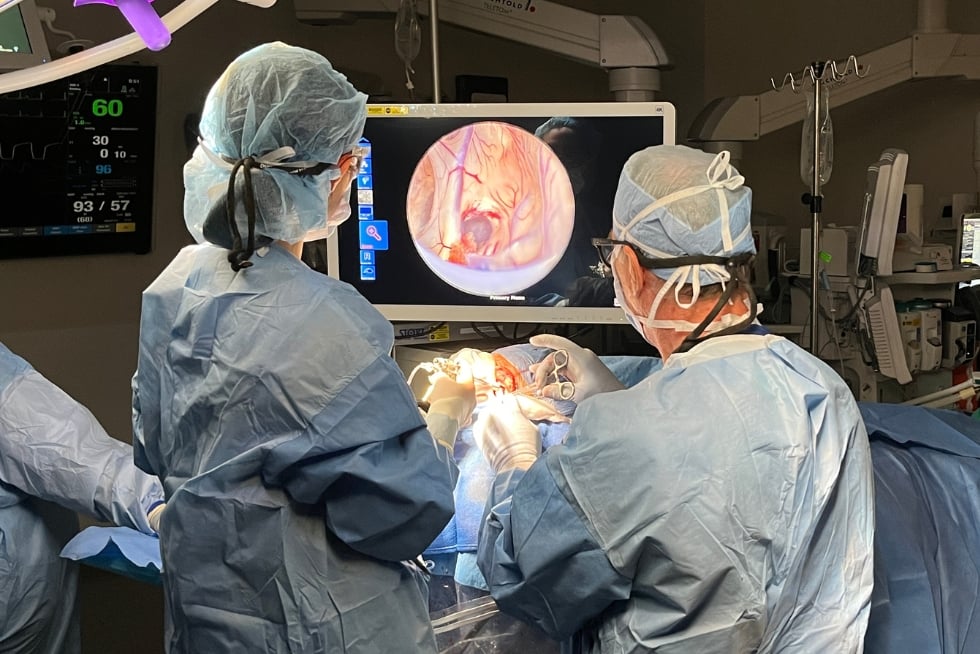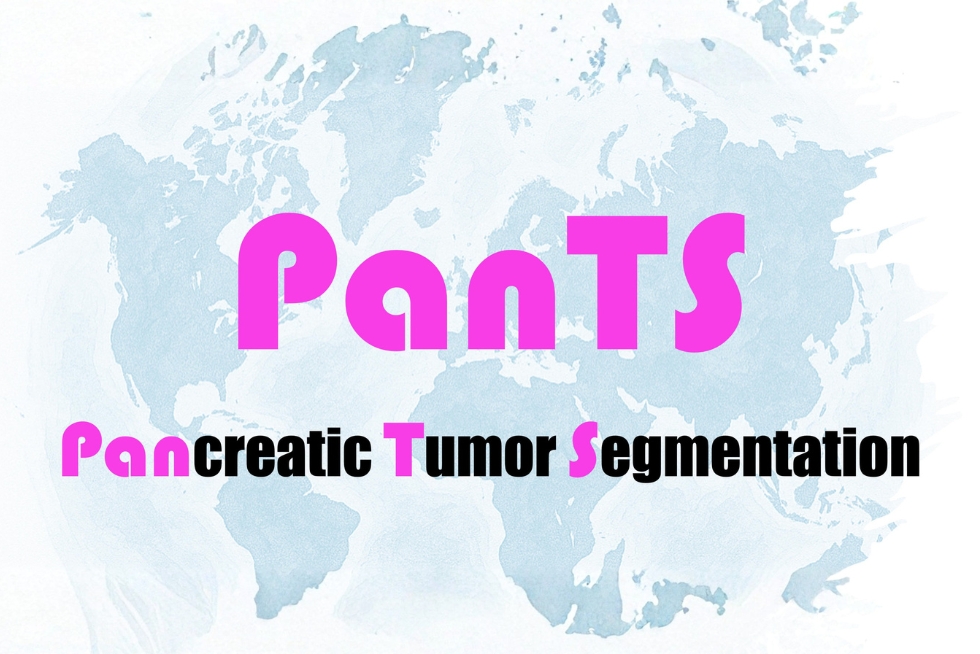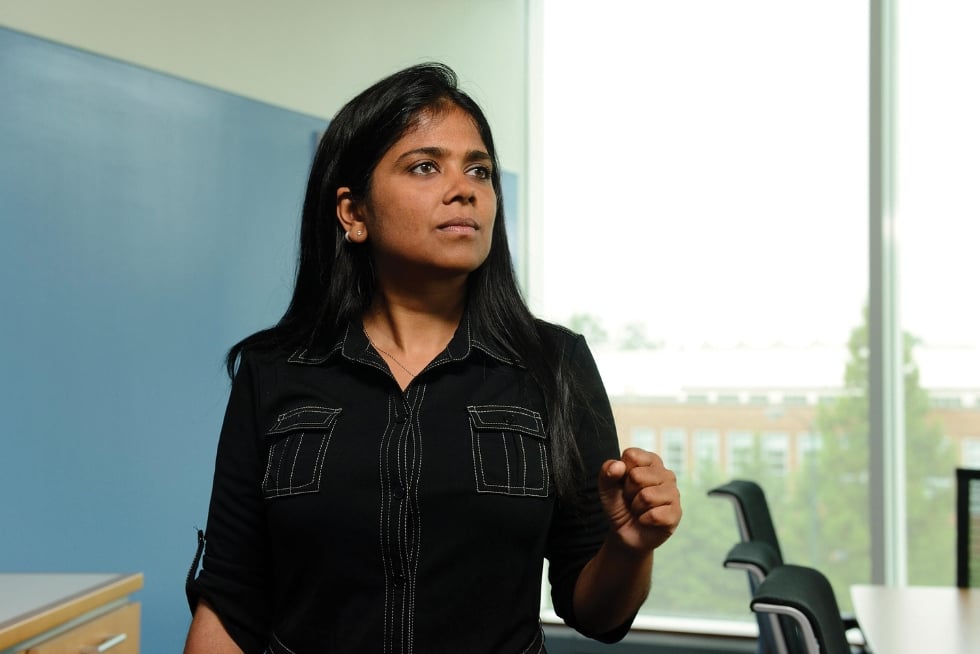Johns Hopkins researchers are exploring the use of digital twins to improve surgical workflows.... Read More
Researchers
Richard Day
Masaru Ishii
Lalithkumar Seenivasan
Related Projects
Data Science for AI in Healthcare: An Online Course
Machine learning (ML) & artificial intelligence (AI) frameworks are expected to play a significant role in driving innovation and discovery in healthcare research. Examples of ML & AI applications in health care include medical imaging and diagnostics, robot-assisted surgeries, and remote care assistance. To foster research collaborations using ML & AI,...
Noninvasive Localization of Epileptic Seizures
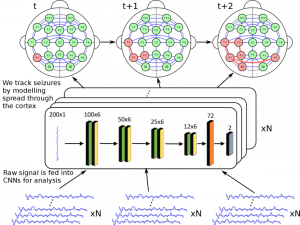 Epilepsy affects nearly 3.5 million people in the United States and is linked to a five-fold increase in mortality. While epilepsy is often controlled with medication, 20-40% of patients are medically refractory and continue to experience seizures in spite of drug therapies. The alternative for...
Epilepsy affects nearly 3.5 million people in the United States and is linked to a five-fold increase in mortality. While epilepsy is often controlled with medication, 20-40% of patients are medically refractory and continue to experience seizures in spite of drug therapies. The alternative for...
Predicting Risk for Glaucoma Progression Based Using AI
Glaucoma is the second leading cause of blindness globally, with approximately 79.6 million people expected to be affected by the disease by 2020. Automated visual field (VF) testing remains the gold standard for identifying patients with glaucoma and judging worsening of disease. Approximately 5% of patients with glaucoma undergo rapid worsening of their VF test.
Radiology AI Lab (RAIL)
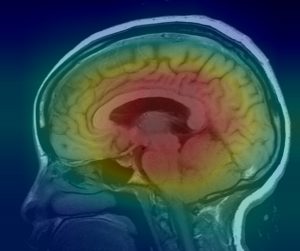 RAIL is an open structured artificial intelligence focused research collaboration based in the Hopkins Department of Radiology and Radiological Sciences. The group is comprised of physicians and scientists from Johns Hopkins Hospital, the Whiting School of Engineering, and the Applied Physics Laboratory,...
RAIL is an open structured artificial intelligence focused research collaboration based in the Hopkins Department of Radiology and Radiological Sciences. The group is comprised of physicians and scientists from Johns Hopkins Hospital, the Whiting School of Engineering, and the Applied Physics Laboratory,...
Related News
Hopkins researchers bring advanced 3D visualization techniques to neurosurgery.... Read More
Developed by a Johns Hopkins-led research team, the Pancreatic Tumor Segmentation Dataset may be the key for training AI models... Read More
A conversation with Johns C. Malone Associate Professor of Computer Science Suchi Saria, who is on a mission to augment... Read More



